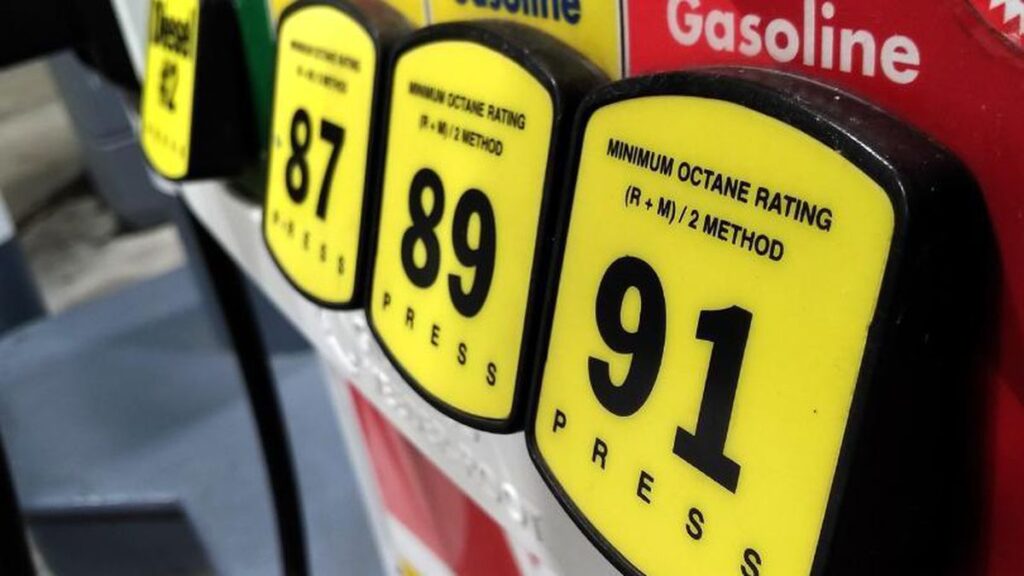
by Kit Daniels on March 11th 2021
Combined with rising grocery prices, the US economy is starting to look a lot like the ‘stagflation’ era of the 1970s
Gas prices are rising across the United States, surging up an average increase of 33 cents nationwide since last month.
The average gas price is now $2.796 for regular, according to AAA, an increase from $2.469 in February.
In comparison, in April 2020 the average gas prices were about $2.00 a gallon nationwide, but it’s worth noting that there was a significant decrease in demand due to less Americans traveling during the ramp-up of Covid-19 lockdowns.
But it appears the recent surge in gas prices is out-of-proportion with the relatively modest increase in travel this year.
Case in point, the average price in Texas was $2.20 a month ago, but now it’s $2.57.
“Is this Biden’s fault? Hard to say but stirring the pot in the Middle East, closing the Keystone Pipeline, discouraging investment in fossil fuels, and banning fracking on government land probably didn’t help supply (although seasonality and the Texas storm also impacted in the short-term, and of course OPEC+),” ZeroHedge pointed out.
Combined with rising grocery prices, the US economy is starting to look a lot like the ‘stagflation’ era of the 1970s in which living expenses increased substantially due to inflation while wages and salaries remained stagnant.
And, given that Congress just passed a $1.9 trillion spending bill, using ‘new’ money that will soon be created by the printing press, it’s hard to see how there isn’t a inflation crisis over the horizon if it isn’t here already.
“The combined $6 trillion price tag on the COVID-19 stimulus packages OK’d by Congress, including Wednesday’s $1.9 trillion Biden bill, will cost taxpayers the equivalent of $17,000 each, or $69,000 per family, according to a new analysis,” reported the Washington Examiner.
“What’s more, the new package set for House approval on Wednesday sets aside billions of dollars for non-COVID-19 relief and adds to the nearly $1 trillion in unspent money approved in earlier coronavirus bills.”
Don’t expect taxpayers to actually receive a $69,000 bill in the mail, however. They’ll pay the price through a hidden tax called inflation due to the significant increase in the money supply.
Hence the ‘stagflation.’
Original article from Infowars



More Stories
Today’s News: March 26, 2024
The Greatest Purveyor of Violence In The World
Video: Fred Dashevsky – The CPI Fallacy